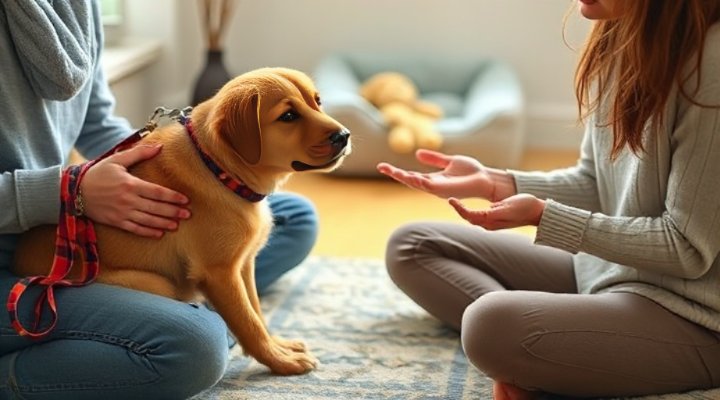Bringing home a rescue dog is one of the most rewarding experiences, but it also comes with unique challenges. Rescue dog training requires patience, understanding, and a tailored approach to help your new companion adjust to their forever home. Unlike puppies raised from birth, rescue dogs often come with unknown histories that may include trauma or lack of proper socialization.

Understanding Your Rescue Dog’s Background
Before diving into rescue dog training, it’s crucial to understand that every shelter dog has a unique story. Some may have experienced neglect, while others might have been surrendered due to their previous owner’s circumstances. The American Kennel Club recommends taking time to learn about your dog’s past behaviors and triggers from shelter staff.
For instance, when I adopted Max, a three-year-old Border Collie mix, the shelter mentioned he was fearful of brooms. Through gradual desensitization (a technique we cover in our dog socialization guide), we helped him overcome this fear within months.

Creating a Safe Space for Your Rescue Dog
The first days in a new home can be overwhelming for any dog. Establish a quiet area with their bed, water, and toys where they can retreat when feeling stressed. Crate training can be particularly helpful, as discussed in our article on crate training older dogs.
Remember to:
- Maintain a consistent routine for feeding and walks
- Limit visitors during the initial adjustment period
- Use calming aids like pheromone diffusers if needed

Addressing Common Behavioral Issues
Many rescue dogs exhibit behaviors like separation anxiety, leash reactivity, or house soiling. Positive reinforcement techniques, similar to those in our comprehensive training guide, work wonders for building confidence.
For severe cases, consulting a professional dog trainer might be necessary. The ASPCA’s website offers excellent resources on finding qualified behaviorists in your area.
Building Trust Through Bonding Activities
Simple activities can strengthen your relationship:
- Gentle grooming sessions
- Interactive play with toys
- Short training sessions with high-value treats
- Quiet cuddle time

Patience is Key in Rescue Dog Training
Progress might be slow, but every small victory is worth celebrating. Some dogs adjust within weeks, while others need months to feel completely secure. As highlighted in our Pitbull training article, breed stereotypes often don’t reflect individual personalities.
Remember, rescue dog training isn’t about perfection—it’s about helping your dog feel safe, loved, and part of the family. With time and consistency, you’ll witness an amazing transformation as your rescue dog blossoms into their true personality.
Related Keywords: shelter dog training, adopted dog behavior, rehabilitation for rescue dogs, bonding with rescue dogs, training fearful dogs
